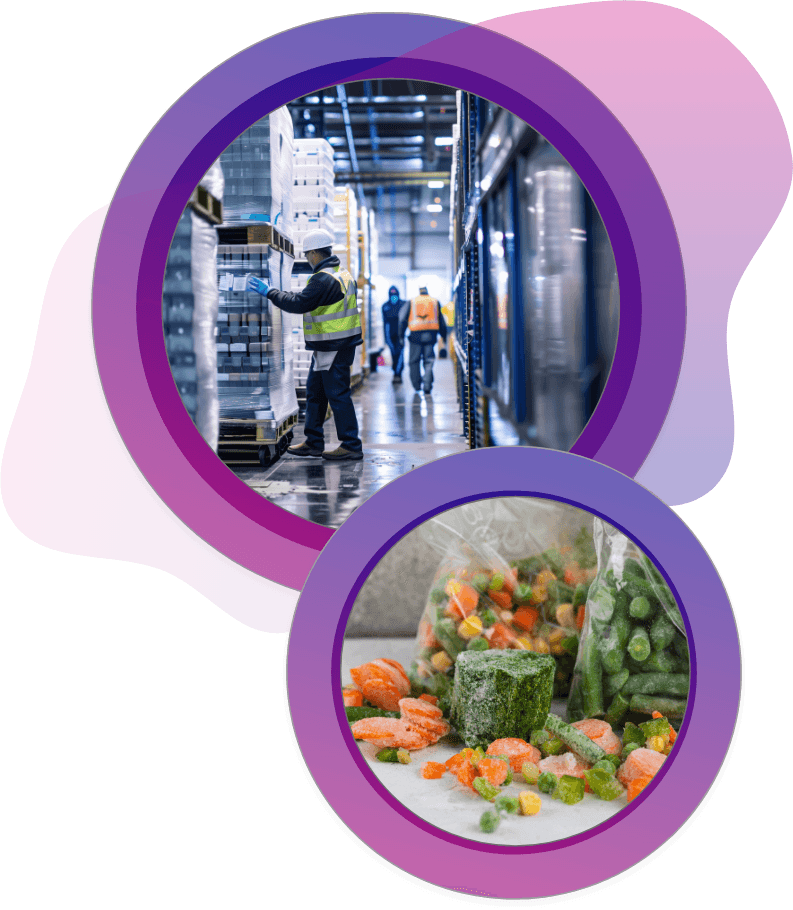No products in the cart.
Navigating Frozen Food Logistics: Challenges, Innovations, and Sustainable Solutions
Ensuring Cold Chain Integrity: The Logistics Behind Frozen Food Distribution
Frozen food has revolutionized the way we store and consume food. It offers unparalleled convenience for the consumer, reduces food waste by extending the shelf life of everyday food products, and offers year-round access to nutritious fruits and vegetables.
But ensuring that frozen products remain frozen during transport is extremely complex, requiring a large network of third party logistics companies, truck drivers, temperature monitoring systems, and land and ocean freight, all ensuring that the frozen food can travel a long distance while maintaining the appropriate temperature.
In this blog, we'll explore how frozen goods can reach their final destination in a temperature controlled atmosphere and how CarePac contributes to frozen food logistics.

Challenges in Frozen Food Logistics
If you've ever tried to keep food cool during a day at the beach or an amusement park, you already know it can be complicated. When it comes to frozen food logistics, the challenges are elevated. Here are some of the primary challenges faced by frozen food transportation solutions, including air freight and ground shippers, each and every day.
Temperature Fluctuations and Integrity Breaches
Frozen foods must be consistently stored at the correct temperature to maintain their quality and prevent spoilage. If it's stored at the incorrect temperature it can suffer from freezer burn, bacterial growth, degradation of flavor, or spoilage. Similarly, if the packaging suffers from an integrity breach (like tears, holes, or improper sealing), the frozen food products can be exposed to air and moisture, leading to rapid degradation.
High Costs and Resource Allocation for Cold Storage and Transport
Cold storage isn't cheap -- you have to pay for refrigerated trucks, commercial-quality gel packs, and skilled labor that understands how to manage the facilities and logistics. Additionally, there are costs associated with the higher energy use required to refrigerate trucks, and many frozen food shipping companies have to invest in real-time temperature monitoring systems, advanced GPS tracking, and temperature sensors. It's much cheaper to ship a bag of chips!
Managing Supply Chain Disruptions for Frozen Food Products
Frozen foods are highly perishable and require specific handling conditions. Disruptions do occur, though, and a business in the cold storage and transportation industry must have strategies in place to both mitigate these risks and address them when they do arise. These strategies include backup infrastructure in case of a failure, increased supply chain visibility, and a crisis management team ready to deal with customer communication in case of any disruptions.
Regulatory Compliance and Food Safety Concerns
Ensuring that frozen food products are stored, transported, and handled to comply with food safety standards is critical. Regulation bodies (FDA in the U.S. and the EFSA in Europe) outline temperature control requirements all customers in the logistics industry must meet, regardless of the shipping method. They also require strict record-keeping and documentation and perform regular inspection and audits to ensure the companies are complying.
Innovative Solutions to Frozen Food Logistics Challenges
Advances in frozen food logistics have significantly improved the storage and transit of frozen food products. Some of these innovations include:
These are just a few of the recent advancements in cold chain technology. These technologies all work together to ensure that the frozen food shipment remains at the right temperature from the moments its shipped to the minute it reaches its final destination.

Enhancing Resilience in Frozen Food Supply Chains
If the above solutions sound expensive, don't worry -- there are a few things you can do today to enhance resilience in frozen food supply chains. For example, if you currently rely on a single supplier or multiple suppliers from a single region, this puts you at risk for disruptions due to natural disasters. Instead, select multiple suppliers with geographic diversification. This way, you have a backup supplier in case there's supply disruptions.
Next, always maintain a safety stock or buffer inventory, and you can use advanced analytics or AI to help predict spikes in demand. Don't be afraid to investigate new technologies and how they can support you with real-time monitoring and contingency plans.
Finally, if you haven't already, invest in backup power systems, distributed storage networks, and other energy-efficient solutions that can help you maintain cost-effective operations while ensuring product quality. Consider networking, visiting a conference, or joining webinars to learn more from leaders in the frozen food logistics industry.
CarePac’s Contribution to Frozen Food Logistics
At CarePac, we're committed to providing custom solutions tailored to frozen food products. Our cost effective packaging for frozen food will help you save money money on frozen food packaging, while our FDA-approved packaging will help you maintain compliance. All our frozen food bags are available with gloss finish, matte finish, and shiny finish, which provide an effective shelf display of the products on the shelves, and popular options for our customers in the frozen food space include the 3-seal pouch, the square bottom bag, and the stand up pouch.
Your food might be frozen, but your packaging is guaranteed to be hot with CarePac. Contact us today to get started!

Let's Get Started

Made In
The USA

Full Pouch
Customization


